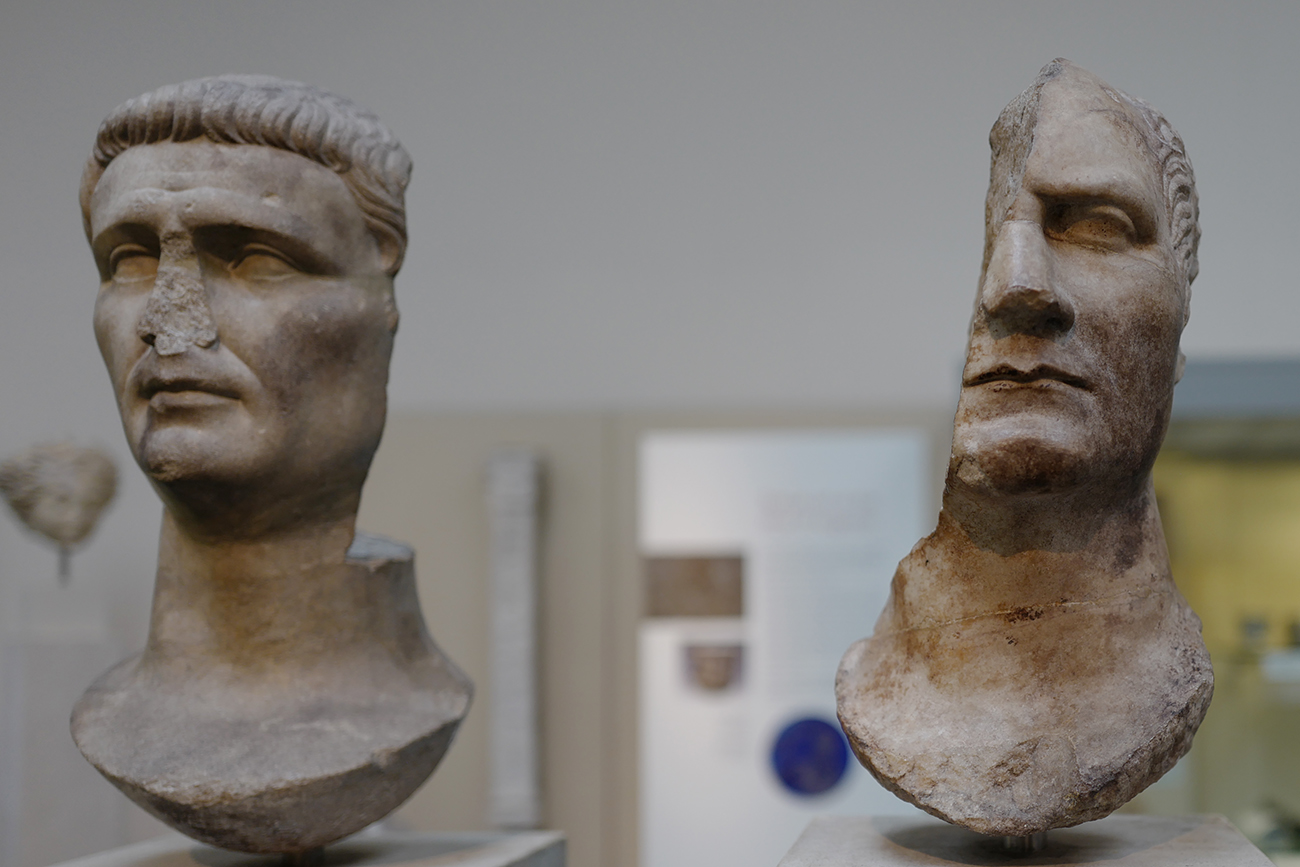In the annals of history, the clash between paganism and Christianity has left a profound impact on ancient monuments and artistic representations. Early Christians, fueled by religious fervor and a desire to assert their faith, embarked on a campaign to dismantle and deface the symbols of pagan worship in Rome and Egypt. This destructive trend raises the question: why did these Christians feel compelled to obliterate the physical remnants of the past?
One of the primary reasons behind the destruction of ancient temples and statues by early Christians was the ideological conflict between paganism and Christianity. Paganism, with its polytheistic beliefs and diverse pantheon of gods, stood in stark contrast to the monotheistic principles of Christianity. In their zeal to establish their monotheistic faith as the dominant religion, early Christians viewed the statues and temples dedicated to pagan deities as idols that needed to be eradicated.

Moreover, the early Christians perceived the pagan gods as adversaries to be conquered in their spiritual battle for supremacy. By desecrating and destroying temples and statues, they aimed to demonstrate the power of their God over the pagan deities. The act of defacing these symbols was seen as a means of asserting the superiority of Christian doctrine and reinforcing the belief in the one true God.

Additionally, the destruction of ancient temples and statues served a symbolic purpose for early Christians. By erasing the physical manifestations of pagan worship, they sought to eradicate the influence of polytheistic beliefs on society. The obliteration of statues and temples was a statement of intent, signifying the triumph of Christianity over the remnants of a bygone era.
Another key factor that led to the destruction of ancient monuments was the political and social climate of the time. Christianity, initially a persecuted minority, gradually gained prominence and eventually became the state religion of the Roman Empire. The shift in power dynamics empowered early Christians to target and dismantle symbols of the old order, including temples and statues dedicated to pagan gods.
The destruction of ancient Roman and Egyptian temples and statues by early Christians was a complex phenomenon driven by religious, ideological, and socio-political factors. The fervent belief in the supremacy of Christianity, the desire to eliminate pagan influences, and the changing dynamics of power all played a role in shaping the actions of these early zealots. While the destruction of ancient monuments stands as a testament to the conflict between paganism and Christianity, it also serves as a reminder of the turbulent historical period in which these events unfolded.

Remembering Germanicus: Tributes and Memorials
In the years following his death, Germanicus’s memory lived on in the hearts of the Roman people, who immortalized him in various tributes and memorials. Temples, statues, and inscriptions were dedicated to his honor, commemorating his valor, integrity, and unwavering commitment to the Roman ideals of duty and honor. Germanicus became a symbol of hope and inspiration for future generations of Romans, a shining example of courage and virtue in the face of adversity.











